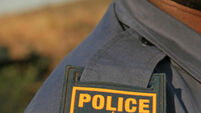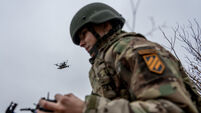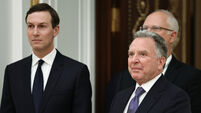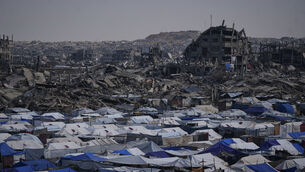War starts with attempt to assassinate Saddam
War started in Iraq early today with a bold attempt to assassinate Saddam Hussein with cruise missiles and precision guided bombs.
The attack was launched 90 minutes after President Bush’s 1am (Irish time) deadline for Saddam to flee his country ran out.














